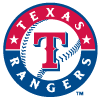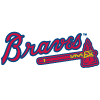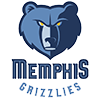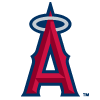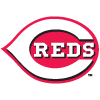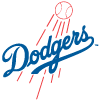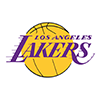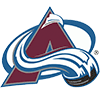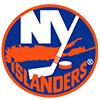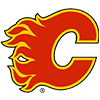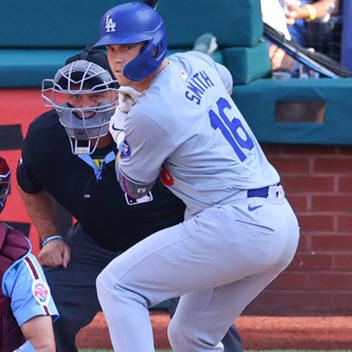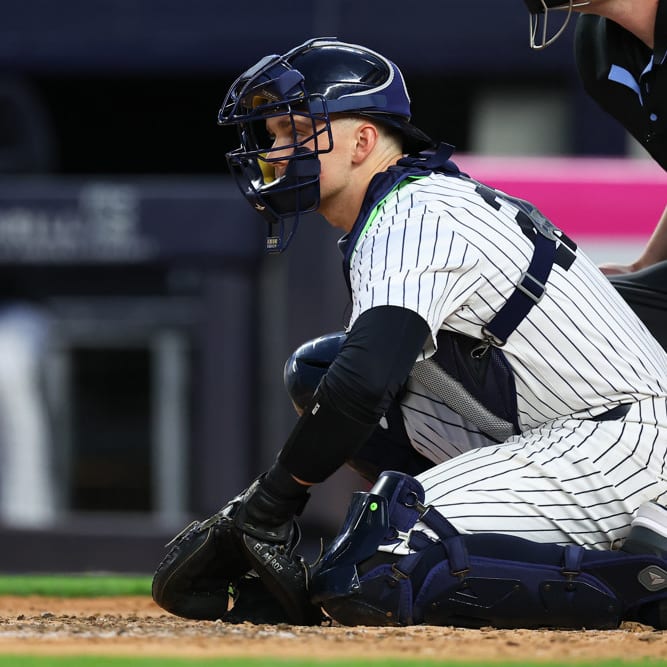For fantasy owners, he earned a brilliant $36 in each of the last two years of that stretch, going for 24 homers and 40 steals in '13 and 23 and 34, respectively, in '14 while hitting .284 both seasons. I bought him hard in my industry leagues heading into 2015.
Welp, the next two years, he dipped to .255 and .231, respectively, while hitting 12 and 13 home runs. Although he kept the speed with 17 and 18 steals, that's an ugly crash. His ongoing struggles, combined with his questionable attitude, sent him on the move twice: Milwaukee traded him in 2015 to Houston, which released him last summer.
Last August, the Rangers scooped him off waivers … and he looked like a stud again, hitting .284/.362/.543 with eight home runs over the final six weeks of the regular season. That production looked like his recent electric seasons.
What specifically went wrong? What triggered his revival? And can he keep it going with Texas?
No-No!
The biggest things that have plagued him:
• Career-high rates of strikeouts (30.0), swinging strikes (15.9) and contact (69.1) last year
• Groundball rate increased each of last two years: 42.6 percent, then 44.3 last year
For fantasy owners, he earned a brilliant $36 in each of the last two years of that stretch, going for 24 homers and 40 steals in '13 and 23 and 34, respectively, in '14 while hitting .284 both seasons. I bought him hard in my industry leagues heading into 2015.
Welp, the next two years, he dipped to .255 and .231, respectively, while hitting 12 and 13 home runs. Although he kept the speed with 17 and 18 steals, that's an ugly crash. His ongoing struggles, combined with his questionable attitude, sent him on the move twice: Milwaukee traded him in 2015 to Houston, which released him last summer.
Last August, the Rangers scooped him off waivers … and he looked like a stud again, hitting .284/.362/.543 with eight home runs over the final six weeks of the regular season. That production looked like his recent electric seasons.
What specifically went wrong? What triggered his revival? And can he keep it going with Texas?
No-No!
The biggest things that have plagued him:
• Career-high rates of strikeouts (30.0), swinging strikes (15.9) and contact (69.1) last year
• Groundball rate increased each of last two years: 42.6 percent, then 44.3 last year
• Double-digit infield flyball rate (14.3) for fifth time in last six years, and highest since 2011 (that's a lot of unproductive outs)
High BABIPs carried him in 2013 (.344) and '14 (.339), and when those dipped to .307 and .313, respectively, he crashed, because the pull-happy bat wasn't making sound connections.
The reputation he's garnered of having a questionable attitude probably didn't help him while he was struggling. It was going to take a Herculean effort to fix him.
Go-Go!
Fortunately, he found one.
After the swap, Gomez's production turned around not long after the Texas organization gave him a new swing:
"Rangers hitting coach Anthony Iapoce and assistant hitting coach Justin Mashore went to work quickly on Gomez's swing and helped him see the ball better than ever while maintaining bat speed. The question is would he be able to repeat his new swing during the offseason and into spring training."
With Texas, he homered in his first at-bat. He would add seven more with the Rangers, giving him eight of his 13 bombs on the year during the last month-plus.
Gomez increased his balance in the batter's box, getting a clearer look at pitches and cutting down on the "wild, helmet-coming-off swings that marked his two seasons with Houston." Remember, tee ballers: Keep your head in.
MLB Statcast data from Baseball Savant showed something was indeed wrong early in the year, and Gomez did in fact correct it with his new club:
| TEAM | BATTED BALL EVENTS | AVG EXIT VELO | AVG LAUNCH ANGLE | AVG DISTANCE (ft) |
| HOU | 169 | 86.7 | 4.75 | 184.4 |
| TEX | 69 | 90.5 | 18.7 | 236.0 |
The exit velocity and distance averages speak for themselves. The launch angle basically grew from frequent ground balls (less than 10 degrees) to frequent line drives (10 to 25).
In September and October, he connected on a 32.8 percent hard-contact rate, his highest since 41.1 percent in June. He cut his infield flyballs from 17.8 percent in the first half to 10.9 percent in the second. HR/FB also jumped from 8.9 percent to 19.6, meaning he was getting more out of his lofts for a specific reason.
With more authority on his connections, he had better results.
Where Does Go-Go Go From Here?
Those discipline issues that surround Gomez might not be as big a problem in his new clubhouse. While Gomez was one of the veterans in Houston, he has plenty of veteran leadership to guide him in Arlington, with Mike Napoli, Shin-Soo Choo and others likely playing babysitter and hopefully mentor.
(It's one of the few times I'll comfortably add that intangible to a fantasy analysis.)
He smacked six homers at Arlington after the trade and has enjoyed Globe Life Park in his career. In 148 at-bats (163 plate appearances), he boasts a .304/.368/.527 line with eight dingers, 28 RBI and eight stolen bases).
Go-Go hit leadoff or second over the final 18 regular-season games and looks like the Rangers' best bet to set the table come April. Expect him to run a lot: the Rangers stole the 10th-most bases last year (99) and should do more with it assuming they have Gomez for a full year. He swiped five bags with them already.
One of the few positives from last year was his career-high 7.5 walk rate - including 10.0 percent with Texas – and expanding on that should help keep him at No. 1.
And if his swing is fixed, expect his batted-ball metrics to explode.
Final word
Of the five traditional fantasy categories, batting average will be the least helpful for Gomez. If he hits first or second, RBI will settle into uninspiring territory.
His record in the power and speed departments will fuel his value. Hitting in front of a steady middle of the order should push him toward 80 to 100 runs scored.
Elite potential in those three counting categories has driven his NFBC ADP up to 153.75 (as of Feb. 16) putting him in the 15-team leagues' 11th round, on average. A bit high, considering his end-of-2016 line? Yes.
Fantasy drafters, however, have decided his peak years, his late-2016 output and his new environment are worth it – especially for the potential game-changing speed-power combo, even more heavily that 30-steal potential.
Perhaps your draft room won't be as keen to pounce, but I would start looking near Round 10 of NFBC leagues – especially if my batting average otherwise looks stable.
I went all-in on Gomez when he was originally showing these skills, and despite how he burned me, I'm diving right back in – at the right cost.







